Review for Chihayafuru - Complete Season 1
Introduction
This doesn’t happen to me often anymore, as I usually keep a tighter grip on my wallet, and tend to play it safe, but when I started watching Chihayafuru on Crunchyroll, no longer able to ignore the vociferous recommendations its fans give it, I only watched the first episode. I then went and placed an order for the DVDs, waited for those to arrive so I could watch the show at my leisure, on a TV screen, with the image decoded directly from disc by a dedicated player, instead of trickling through thousands of miles of Internet, subject to buffering, compression, glitches, jerky pans and scrolls and the likelihood that my laptop will decide to defrag the hard drive at the same time, as well as Adobe Flash being Adobe Flash. Besides, it took just one episode for me to decide that I wanted to own this show, not just ‘rent’ it from Crunchyroll, subject to the vagaries of their license for it. Anime doesn’t stay on streaming sites forever.
That’s when I came across a problem. You can’t get Chihayafuru here. You can’t even get in the US. The only English speaking territory that has had the sense to license it so far is Australia, and it joins the like of Nichijou and Gosick in being an Antipodean only release. It’s also DVD only, which is a pain, as this is a show that definitely deserves an HD presentation, as so many recent anime do. The reason behind this is that Chihayafuru, on the surface is an obscure ‘sports’ anime, a genre that for some reason just doesn’t get traction in the West. There are plenty of football, baseball, tennis, and basketball anime out there, but try finding them on DVD, especially in the UK!
Chihayafuru isn’t even about a sport that we know; it’s about karuta, a very Japanese card game. It’s about memory, matching, and reflexes. There is a collection of a hundred poems, written a thousand years ago. The cards have the second verses of the poem written on them, and they are arranged in front of the players, who face each other. A third person reads out the first verse of a poem, and it’s a race to recognise, find and collect the card containing the second verse. The player that collects the most cards wins. There’s more to it than that, but that’s the basic structure of the game. You also might not be too enthused at the idea of Chihayafuru after reading the description of the game, but the game is really the least of what this show is.
Chihaya Ayase loves karuta. She didn’t at first; as a child her dream was to support her older sister’s modelling career, but when she got to know Arata Wataya at school she was introduced to a new pastime and a new dream. Arata was the loner in class, the transfer student that everyone avoided, but he was a potential national champion at karuta, and Chihaya was inspired to aim for the same goal (after all, whoever’s best in the country at karuta will be best in the world). She, Arata, and her best friend Taichi joined the local karuta society and even entered a tournament. But all of that ended when Arata had to leave Tokyo and return to his family home, and Chihaya and Taichi went to different middle schools. But they did part on the promise that they would play karuta together again when they all became A-Ranked players.
Three years later it’s the start of high school, and while Chihaya initially attracts attention for being the sister of a famous model, her geeky love of karuta and single minded determination to start a karuta club tends to leave people thinking of her as an oddball. But when she learns that Taichi is going to the same high school, it seems like fate. Only Taichi isn’t too keen on karuta anymore, and when they travel to see Arata, it’s even worse. He’s given up playing karuta altogether. Will their promise of playing karuta together again ever come to pass?
All 25 episodes of Chihayafuru Season 1 are presented across 4 dual layer discs from Siren Visual.
Disc 1
1. Now The Flower Blooms
2. The Red That Is
3. From The Crystal White Snow
4. A Whirlwind of Flower Petals Descends
5. The Sight of a Midnight Moon
6. Now Bloom Inside the Ninefold Palace
Disc 2
7. But For Autumn’s Coming
8. The Sounds of the Waterfall
9. But I Cannot Hide
10. Exchange Hellos and Goodbyes
11. The Sky is the Road Home
12. Set These Forbidden Fields Aglow
Disc 3
13. For You I Head Out
14. For There is No One Else Out Here
15. As Though Pearls Have Been Strung Across the Autumn Plain
16. The Autumn Leaves of Mount Ogura
17. World Offers No Escape
18. The Plum Blossoms Still Smell the Same
19. As The Years Pass
Disc 4
20. The Cresting Waves Almost Look Like Clouds in the Skies
21. As My Sleeves Are Wet With Dew
22. Just As My Beauty Has Faded
23. The Night is Nearly Past
24. Nobody Wishes to See the Beautiful Cherry Blossoms
25. Moonlight, Clear and Bright
Picture
Chihayafuru gets a 1.78:1 anamorphic PAL transfer on these discs, and the image is gorgeous. It’s a clear and sharp transfer, with no visible compression artefacts, and it brings across the show’s vivid, yet gentle colour palette to excellent effect. Chihayafuru is a rare title that’s targeted to the older female audience demographic in Japan, occupying a similar audience niche to shows like Princess Jellyfish, Ristorante Paradiso, and Amnesia, and that tells in the character designs, softer and more expressive. The world design is pretty much what you would expect from a contemporary character drama, but the imagination in the animation goes into the karuta matches, finding a vivid energy for what really is a not so simple card game. Rather than use the same stock animations over again, each karuta match is uniquely animated, and makes each episode a joy to watch.
Sound
Chihayafuru is a subtitle only release, so you won’t be surprised to find the DD 2.0 Stereo Japanese track with optional English subtitles. The dialogue is clear throughout, the audio is balanced well between dialogue, music and effects, and there’s a nice bit of stereo effect to go with the extravagant animation of the karuta matches. Otherwise this isn’t a show that has a lot of action to it. The music works well to match the emotional tone of the drama, while the show gets a couple of very appealing theme songs for its credit sequences. The subtitles are accurately timed and free of error (except for the opening credits of episode 17, where the lyrics vanish halfway through), but you should note that this a show that can throw up a wall of subtitles when there’s on screen text to translate, and you’ll be depending on the pause button on a couple of occasions in the episodes.
Extras
You get four discs in an Amaray style case, two on each inner face, and two held either side of a central hinged panel. Siren Visual released the first season in two parts, so the discs are labelled Parts 1 and 2, Discs 1 and 2. The inner sleeve of the case has some nice artwork and a complete episode listing.
The discs present their options with static menus, and there are no next episode previews at the end each episode. Extras are limited to textless credits on part 1, disc 2, and again on part 2, disc 2.
Conclusion
If there is one thing I look for when I buy a new anime, it’s that it be different from everything else that I have seen (it doesn’t hurt if it’s good too), and in a medium that is replete with genres, clichés and creators catering for target audiences, that’s a surprisingly hard thing to find. Chihayafuru is unique in my experience, a show unlike any other. The closest thing I’ve seen might be Saki, the Mah-jongg anime which still remains unlicensed for home release at this time. That’s a game whose rules are pretty much incomprehensible for the uninitiated, so when it came to the anime, most fans’ attentions were focused on the cutesy characters, the over the top animation used to ‘enhance’ the board game, and whatever lesbian subtext they hoped to impose over the characters. It’s pretty much a goofy show, where the focus is mostly on the Mah-jongg matches. I suppose it would make more sense if I knew how to play.
I don’t know how to play karuta either, but it’s a whole lot simpler than Mah-jongg, and the rules are a lot easier to pick up. You can actually watch games being played in this anime, and know who is winning, who is losing and why. But more importantly, the show isn’t just about the karuta; it’s about the characters and their relationships. Just like Princess Jellyfish and Ristorante Paradiso, Chihayafuru is aimed at a slightly older demographic than most mainstream anime, even though its characters are of the usual high school age, going through the usual teenager growing pains. Again it’s the game of karuta that makes the difference, based as it is on ancient Japanese poetry. It helps to be of a literary bent to better appreciate the game, and the English translations in the subtitles do a good job of carrying the emotional weight and depth of the verse.
The show is centred on three friends, Chihaya, Arata, and Taichi, who first meet when they are children. Chihaya’s already popular in class because her sister is a model, while Taichi’s popularity comes from his success in class, and it also becomes clear that he likes Chihaya. He doesn’t like Arata, not too many people do pay attention to the outsider transfer student in class, picking on him for his strange dialect. Chihaya’s more open minded and gets to know the loner, and learns that he loves this card game called karuta, and that he doesn’t treat her any differently when they play. It’s that he plays to win, even against her that makes her interested in learning the game. She also learns that becoming the best karuta player in Japan, the Queen essentially means being the best in the world. It gives her something to aim for. Arata’s just happy to have someone to play against.
Of course when Chihaya starts hanging around with Arata, Taichi reacts in the way that most children react when they see one of their friends being friendly with someone else. He gets jealous, tries to get the class to give Chihaya the silent treatment, and then petty bullying. It’s when he challenges Arata to a karuta match that things really get interesting. He starts by cheating, stealing Arata’s glasses, but when Chihaya takes Arata’s place and beats Taichi, he realises that he went too far, and apologises to Arata. But the love for karuta has been instilled in all three, and they wind up joining a club where they get good enough to enter a tournament. It’s one of those ‘go all the way, friends forever’ moments in life that gets spoiled all too quickly by reality. Taichi winds up going to a distant Middle School, while Arata goes home to Fukui to be with his grandfather, the man who taught him karuta, and who has fallen ill. They swear to meet and play again, but by the time Chihaya’s started High School, she’s the only one who’s continued to play the game and advance in her skills. Taichi’s moved on from the game, while Arata has stopped playing altogether for personal reasons.
So it is that Chihaya’s something of the oddball when she starts High School, attracting attention for being the sister of a famous model, but quickly labelled “Beauty in Vain” given her passion for this obscure card game. She’s single-minded in her desire to start a karuta club in school, and grabs Taichi when she learns that he’s attending the same school. He’s reluctant at first, but it’s when they go to visit Arata and learn why he’s quit that Taichi starts to get interested again. With the passage of years, the friendship now becomes a potential love triangle, and that might threaten to become a problem, if Chihaya ever stops being oblivious to both Arata and Taichi’s affections. While Arata had been adamant that he would never play karuta again, seeing Taichi and Chihaya reminds him of the fun they had playing, and the promise they made to play again, and he starts to waver in his resolve.
Back in Tokyo, Chihaya and Taichi submit their request to start a club, and come up with the first problem of recruiting members. Their first recruit is from the Archery Club, Kanada Oe. She’s heir to a kimono business, and loves all things classical and elegant. You’d think she’d be a shoe in for the club, but when she sees the aggressive style of play where players race to grab the card, seemingly ignoring the actual poetry she demurs. But it turns out that she has something to teach Chihaya, as Chihaya has indeed been playing the game as a pattern matching game, ignoring the meaning of the words. When Kanada starts explaining the meaning of the poems written on the cards, Chihaya gets a whole new understanding of the game that makes her a better player. That enthusiasm is infectious, and Kanada agrees to play if the team wears traditional garb in all its tournaments (the better to advertise her family’s wares).
The next recruit is Tsutomu, from Taichi’s class, a veritable bookworm whose life revolves around studying, aiming to be first, but who is always second to Taichi who makes studying look effortless, is popular, and has time for extra-curricular activities too. He’s somewhat derisory of a card game, and getting him to join is a matter of convincing him that karuta will actually help him improve his study skills, and Taichi convincing him that he’s no model of perfection to be considered a rival. The final recruit is a former opponent from when they played as children, but Nishida quit playing karuta when he was soundly trounced by Arata. Unable to take the loss, he’s taken up tennis instead, and recruiting him boils down to convincing him that he’s just using tennis as a substitute. So when the club begins, they have two beginners and three seasoned players, their aim to enter the national tournament.
Given the lack of popularity of karuta, and the number of teams playing, it isn’t an impossible ask, and neither is the chance that they will meet Arata in the tournament, who in the meantime has started playing again.
Chihayafuru is a gentle comedy drama that’s a whole lot of fun to watch, not least because of the central six characters, even though Arata remains a distant presence in most of the episodes. The five members of the club really bounce off each other well, growing in friendship, and learning from each other. The other characters in the show are also very appealing, the mentors that support them, from the head of the karuta club that they joined as children, Dr Harada, to the club supervisor Ms Miyauchi, who was initially the Tennis Club supervisor, but who fell in love with the karuta club when she saw how seriously they took the game. It’s all about the little triumphs and losses that the characters encounter as they look to further their ambitions in the game, and how they deal with setbacks, how they handle success. And of course real life has a tendency to intrude, and for the most part, the show has a very nice balance between the mechanics of the game, the intensity of competition, and the characters as they are in the ‘real world’ outside karuta.
One thing I appreciated was how Chihaya was treated at home, apparently the second sister, with her parents full effort behind her older sister’s modelling career. At first when Chihaya too supported her sister it wasn’t a problem, but when she started playing karuta, developed an ambition of her own, she soon came to feel that her voice was drowned out by her sister’s success. That comes to a head when she starts the club, and the team start placing in tournaments, coinciding with a loss of confidence as they learn the quality of opposition that they will face. It’s resolved in the most quiet, understated way possible, and it will bring a tear to your eye.
That’s what’s most enjoyable about Chihayafuru, a delightful lack of melodrama. While the animation for the card games emphasises the action and drama, as most sports anime are apt to do, the character moments are underplayed, gentle and unassuming, and each episode will deliver enough in the way of comedy to elicit laughter, but also tug on the heartstrings just enough to keep you emotionally invested in the characters and their lives. The only weak-spot might be the emphasis shifts a little too much towards the karuta and away from the characters towards the end of the season, but given that the show is actually about karuta, that is to be expected, and at least it never approaches the impenetrable game mechanics of Saki.
Chihayafuru is the best sports anime that I have seen. It might just be the best romantic anime I’ve seen too. It’s delightfully funny, moving and emotional in all the right places, and it’s utterly enjoyable. Chihayafuru is a magical anime that you really should import. Of course you can try it on Crunchyroll first, although don’t be surprised if you’re placing an order after just one episode the way I did. On to Season 2 next!
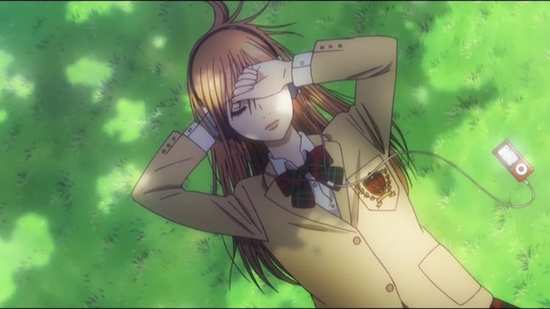

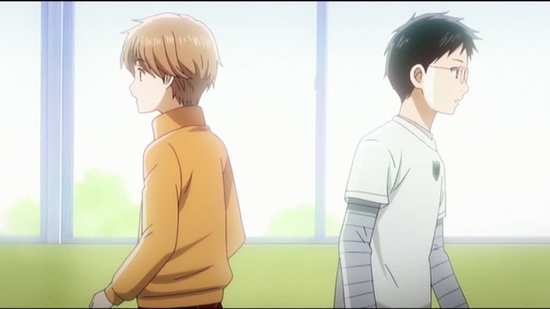
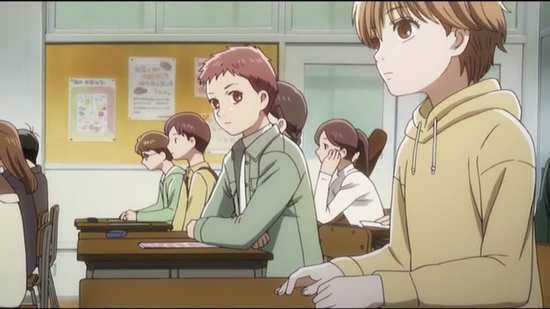
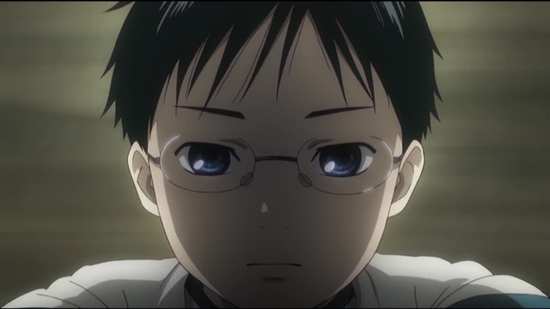
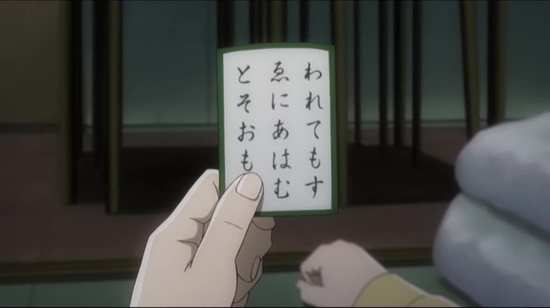
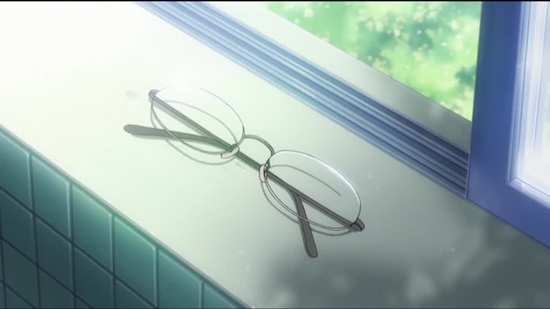
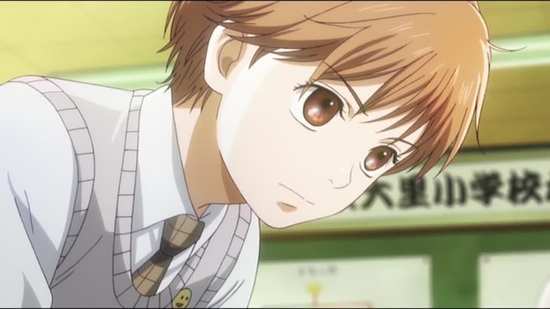
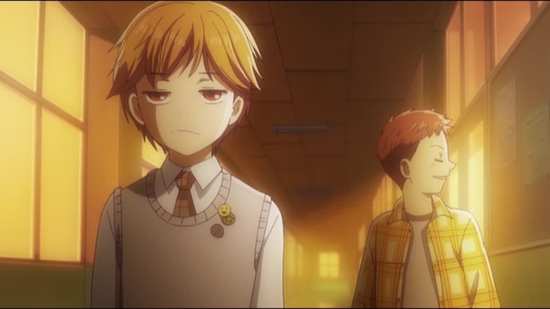

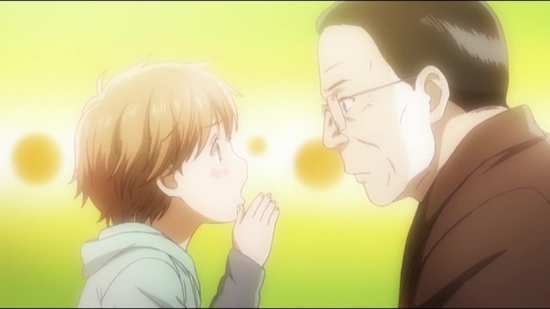

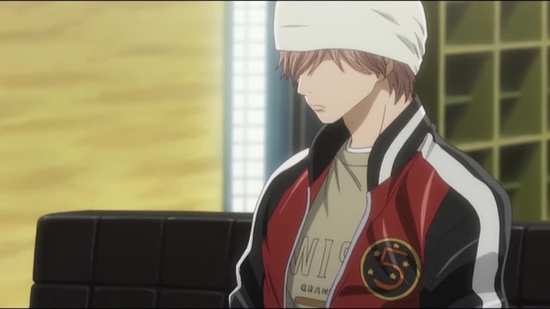
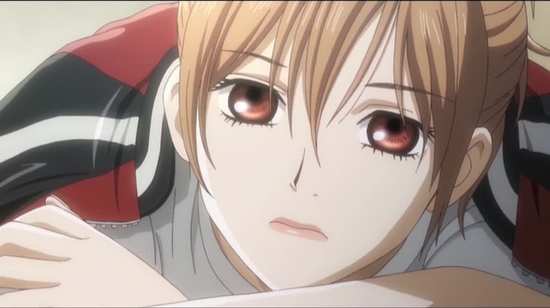
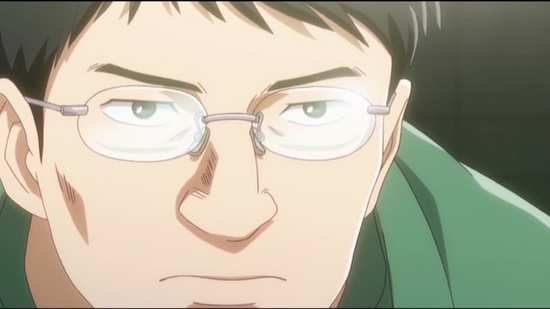
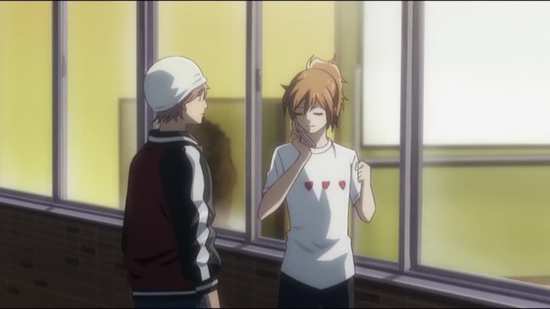
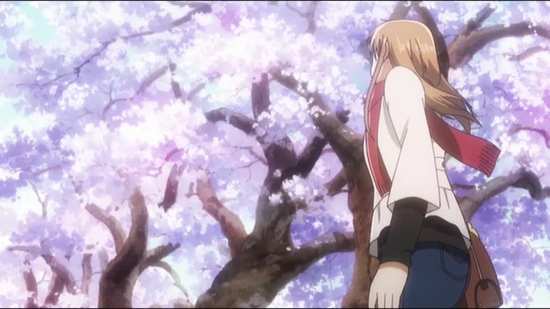
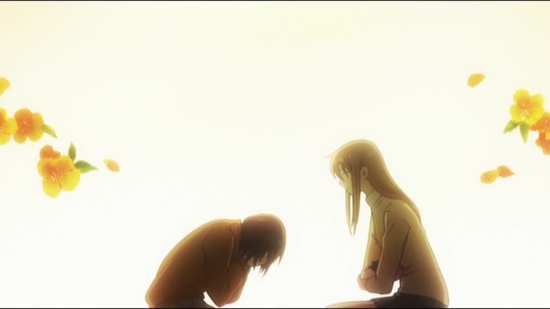
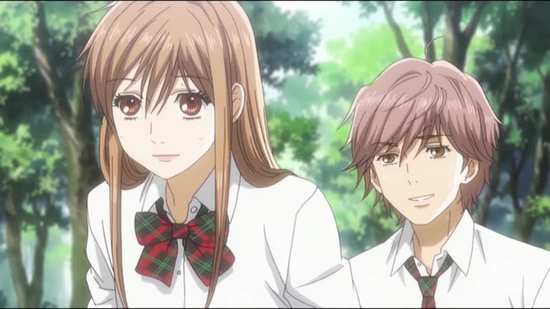
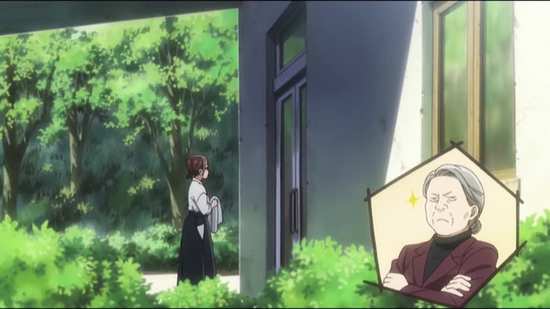

Your Opinions and Comments
Be the first to post a comment!